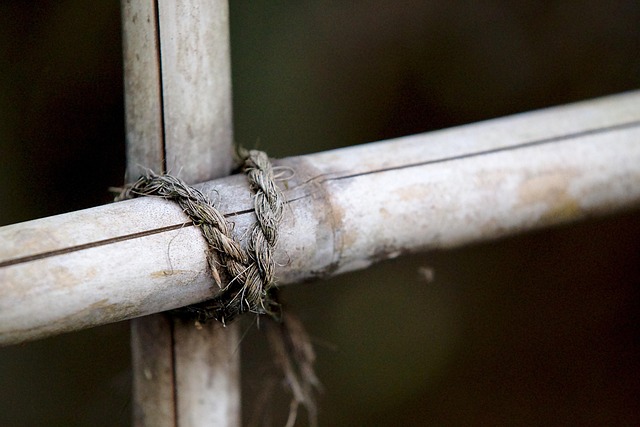Kratom trees (Mitragyna speciosa), native to Southeast Asia, are visually striking plants that can grow up to 12 meters tall with large, compound leaves and vibrant green foliage. Their unique characteristics, including leaf shape, color, and texture, not only make them aesthetically appealing but also play a vital role in their local ecosystems. The varying species of kratom trees have distinct appearances and chemical profiles due to regional differences, impacting their potential therapeutic benefits for pain relief and relaxation.
“Unleash your athletic potential with the ancient secret of the kratom tree. This botanical powerhouse, scientifically known as Mitragyna speciosa, has been used for centuries in traditional practices to enhance physical performance and endurance. From its distinctive appearance—with elongated leaves and unique veining—to its diverse species, each offering distinct properties, the kratom tree is a fascinating subject.
Dive into the historical role of kratom in athletics, explore its botanical origins, and discover modern scientific insights into how it might benefit muscle recovery, reduce fatigue, and sharpen mental focus. Learn about safe dosage guidelines tailored for athletes considering this natural performance enhancer.”
- The Kratom Tree: Beyond the Leaf
- – Exploring the botanical origins and visual characteristics of the kratom plant.
- – Discussing the various species and their unique traits.
The Kratom Tree: Beyond the Leaf

The Kratom tree, scientifically known as Mitragyna speciosa, is an enchanting plant that has gained attention for its diverse applications, especially in athletic performance enhancement. Beyond its iconic leaf, which is the primary source of kratom extracts and powders, lies a robust and distinctive tree structure. The kratom tree typically grows up to 12 meters tall, boasting sturdy branches and large, compound leaves. Its woody stem, covered in coarse textures, provides strength and support for the entire plant.
This tree’s visual appeal extends beyond its size; its foliage is often adorned with vibrant hues of green, creating a lush canopy. The leaves play a crucial role in photosynthesis, enabling the tree to thrive in tropical environments. For athletes and enthusiasts, understanding what a kratom tree looks like offers a deeper connection to this natural resource, highlighting its beauty and complexity—a far cry from the common perception limited to the leaf alone.
– Exploring the botanical origins and visual characteristics of the kratom plant.

The kratom plant, scientifically known as Mitragyna speciosa, is a striking botanical native to Southeast Asia’s tropical regions, particularly Thailand, Malaysia, and Indonesia. This tree thrives in rich, humid soil and warm climates, growing up to 30 feet tall with robust, oval-shaped leaves that can measure up to 7 inches in length. Its distinctive appearance lies not only in its foliage but also in the way it branches out, forming a dense canopy that filters sunlight below.
The tree’s visual appeal is further enhanced by its vibrant flowers, which range from red to white and grow in clusters, adding a splash of color to its lush environment. These botanical attributes make kratom trees not just visually striking but also an integral part of the local ecosystems where they flourish, contributing to biodiversity and ecological balance.
– Discussing the various species and their unique traits.

Kratom, derived from the tropical kratom tree (Mitragyna speciosa), is a multifaceted plant with a rich history in traditional medicine practices across Southeast Asia. The kratom tree typically grows up to 12 meters tall and bears distinctive large compound leaves that are green when young and turn darker with age. Its unique traits vary among numerous species, each offering distinct chemical profiles and effects, such as the highly potent Maeng Da, known for its robust red vein characteristics, and the more gentle white vein varieties like Korintim. These variations in species not only shape the plant’s visual appeal but also determine its medicinal properties, making what a kratom tree looks like an essential aspect to consider when exploring its potential benefits.
The diverse species of kratom trees contribute to a spectrum of alkaloid compositions, with mitragynine and 7-hydroxymitragynine being the primary compounds of interest for their psychoactive and analgesic effects. These alkaloids interact with opioid receptors in the body, providing relief from pain and inducing feelings of euphoria and relaxation. The unique growing conditions, including soil composition and climate, also play a role in shaping the tree’s characteristics, leading to regional variations that have been cultivated and cherished for centuries by local communities.
Kratom, with its diverse species and botanical complexity, offers more than just its famous leaves. Understanding the kratom tree’s visual characteristics and origins can provide valuable context for those exploring its potential benefits, including athletic performance enhancement. Each species boasts unique traits, making it essential to consider the specific needs of athletes when guiding their kratom use. By delving into the world of the kratom tree, you gain insights that can aid in navigating this natural resource for optimal wellness and performance.














